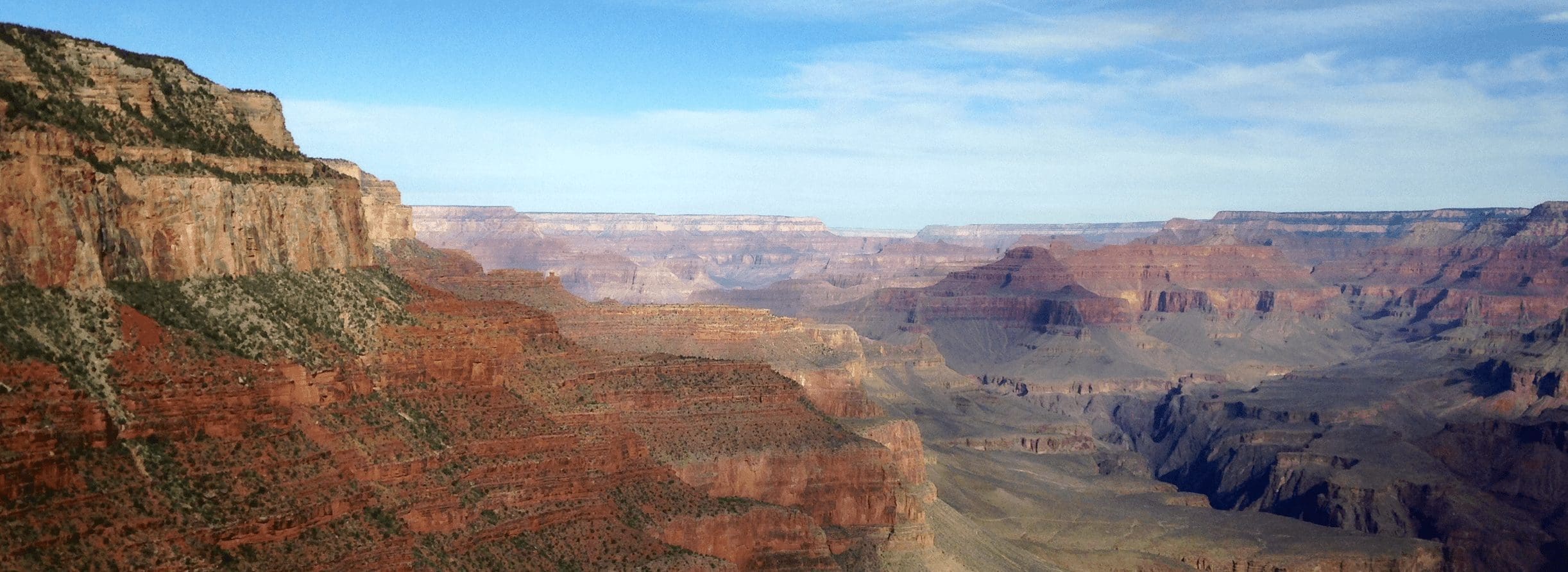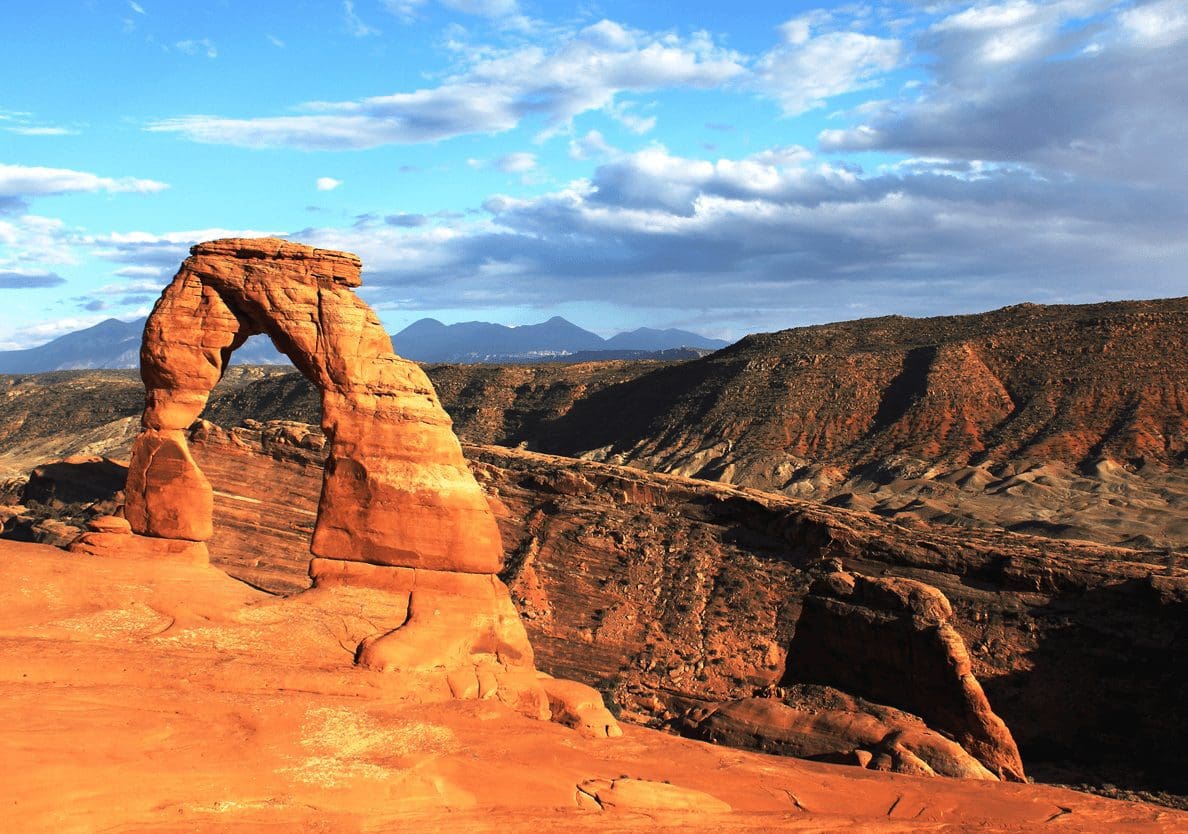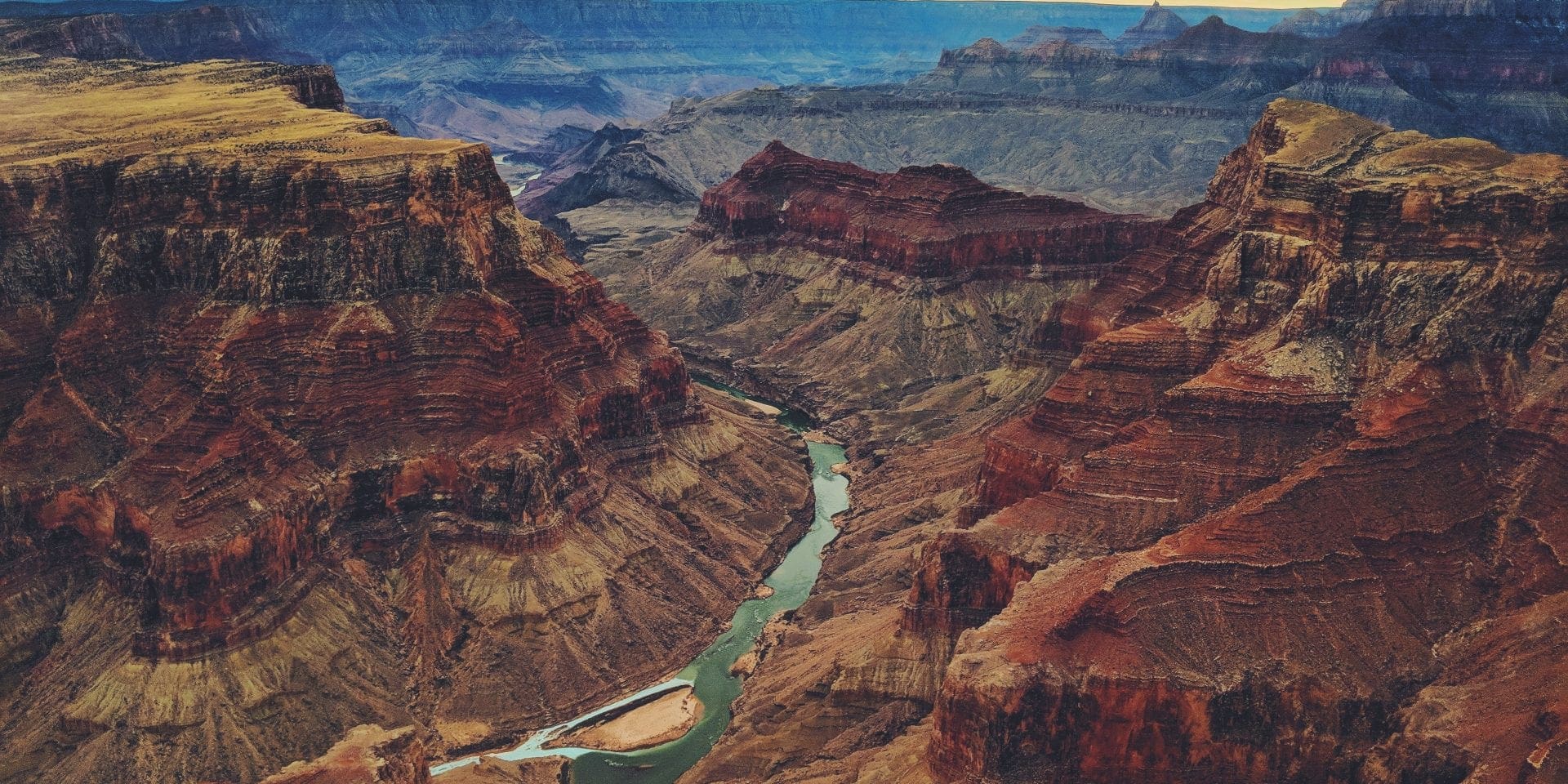In 19th century Britain, there raged a great debate over the scientific field of geology. Geologist H.H. Read explains why this was inevitable: “Geology, as the science of earth history, is prone to controversy. The study of history of any kind depends upon documents and records. For the history of the earth’s crust, these documents are the rocks and their reading and interpretation are often difficult operations.”[1] These so-called “historical documents” of geology are now collectively referred to as the geologic column—which really is just “a graphic representation of the layers of rock that make up the earth’s crust”[2]. But as Read points out, the controversy is not over the rocks themselves, but over their interpretation. How, then, should these rock layers be interpreted?
“However, as time went on this biblical worldview began to be willfully rejected, and by the nineteenth century human reason and naturalism had become the ultimate authority”
Actually, most of the original pioneers of geology believed the rock layers were laid down rapidly as a result of the Global Flood recorded in Genesis 6-8. For example, “The concept of mapping and explaining rock layers began with Nicolaus Steno…. Steno set forth the basic rules followed by geologists today when examining field evidence. He actually based his reasoning on the biblical account of the Flood and accepted that the earth was only about 6,000 years old….”[3] Other geologists and theologians of that time period also interpreted the rock layers and fossils therein as largely having been the result of Noah’s Flood. In fact, the general belief of that time was that a major catastrophe had shaped the earth. However, as time went on this biblical worldview began to be willfully rejected, and by the nineteenth century (due to the influence of the Age of ‘Enlightenment’) human reason and naturalism had become the ultimate authority.

Grand Canyon Village, Arizona, United States
Two key figures advocating this new worldview were Scottish geologists James Hutton and Charles Lyell (who is considered the “father of geology”). Building off the ideas of Hutton, Lyell (seeing it as his mission to “free the science from Moses”) developed the principle of uniformitarianism, which teaches “the present is the key to the past”. In other words, only the slow processes of erosion and sedimentation observed today should be invoked to explain the rock layers. Based on this interpretation, the geologic column would require hundreds of millions of years to form. Thus, a global flood of any kind would be unnecessary to explain anything.


Though Hutton and Lyell were met with some resistance, eventually their ideas came to dominate geologic thinking, and the Global Flood along with the Creation account were thrown out of geology completely. Sadly, many theologians were quick to adopt these naturalistic ideas and reinterpret Scripture to align with the thinking of man[4]. Interestingly, in 2 Peter 3 the apostle warned that in the last days scoffers would willfully forget three things: (1) the Second Coming of Jesus Christ, (2) God created all things, and (3) the Global Flood by which judgment came.
In reality, this is not a scientific debate at all, but a religious one—and it continues to this day. Therefore, like the early pioneers of geology, it’s best to –– no –– we must stand firm on the Word of God and acknowledge that Creation and the Flood were real events, and that the geologic column contains a very real record of those global events.

Ryan Hembree is a daily co-host, speaker, and writer of Bible Discovery. He also hosts a YouTube channel that shows the unity of the Bible and how science and Scripture fit together. Ryan also has an honorary Masters of Ministry in Creation Science from Phoenix University of Theology.
[1]H.H. Read, The Granite Controversy (1957), p. xi.Cited from: Mortenson, Terry. The Great Turning Point (Kindle Locations, 155-157). Master Books. Kindle Edition.
[2]Roger Patterson, Evolution Exposes: Geologic Column, January 20, 2011. Answers In Genesis. https://answersingenesis.org/geology/geologic-time-scale/geologic-column/






